In the north of Scotland, you’re most likely to have a stroke somewhere in the Highland or Western Isles between 8am and noon on a Thursday.
Last year more than 25,000 Scots were treated for strokes, where the blood supply to the brain is cut off, often by a clot.
This was the the equivalent of almost three per hour, according to the latest stats.
But these weren’t evenly spread throughout the country, or even the day.
The reasons for these aren’t always clear – but experts do have some ideas that could explain them.
When are you most likely to have a stroke?
Figures from Public Health Scotland show health crews are busiest dealing with strokes between 8am and 12pm.
Marginally more are experienced on a Thursday morning than the other days of the week.
Afternoons are the second-most common times, with numbers petering off into the early hours.
The least common time is midnight to 4am with one exception, where there’s an uptick on Sunday mornings.
John Watson, the associate director of the Stroke Association in Scotland, says they line up with when people are busiest.
“In terms of the different days of the week, there isn’t really one clear answer,” he said.
“But there are more strokes during the day because of our body rhythms.
“There’s more blood pumping around than when we’re asleep, so blood pressure is higher and we’re more active.
“But there’s more of everything happening [not just strokes].”
Where are you most likely to have a stroke?
When averaged out per 100,000 residents, strokes are twice as common in some parts of northern Scotland than others.
The Western Isles and Highlands had the equivalent of 543 and 528 strokes per 100,000 people, respectively.
But in Shetland, there were 231.
Previous studies have investigated these geographical differences, suggesting links with areas of greater deprivation.
This can tie into people’s general lifestyles, increasing their risk of a stroke.
How can I lower my chances of a stroke?
John says the best way to reduce the likelihood of having a stroke is to follow the tried-and-tested health messages – don’t smoke, get regular exercise and keep your blood pressure low.
He also says it’s vital that people keep an eye out for warning signs and seek help when they need it.
Use the FAST test to identify the signs of stroke.
Face – can the person smile?
Arms – can they raise both arms?
Speech – is their speech slurred?
Time to call 999 if you spot any of these signs.In most cases #TeamNEAS will send an #Ambulance to assist: https://t.co/yeprWGrLaK pic.twitter.com/wAQJ2zD55W
— Stroke Association (@TheStrokeAssoc) October 6, 2022
“One of the concerns with Covid was people not turning up to hospital when they’d had a stroke,” he said.
“There was a definite downturn and would have been people who thought they’d just had a funny turn but were feeling OK after.
“Any indication of stroke, always go to a hospital.
“Don’t have that traditional Scottish stoicism of ‘I’ll be fine, I don’t want to make a fuss’.
“Damage to the brain is a terrifying and life-changing experience, and the quicker you get treatment, the less impact it will have.”
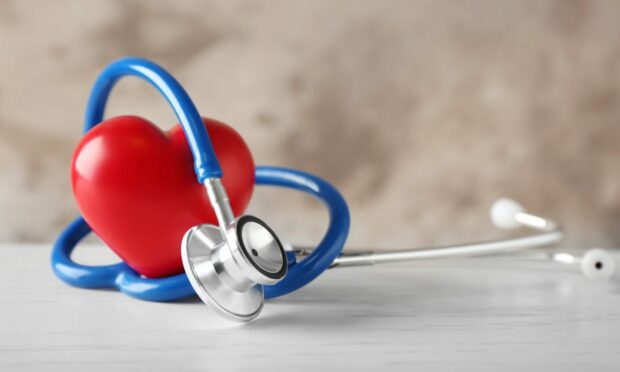
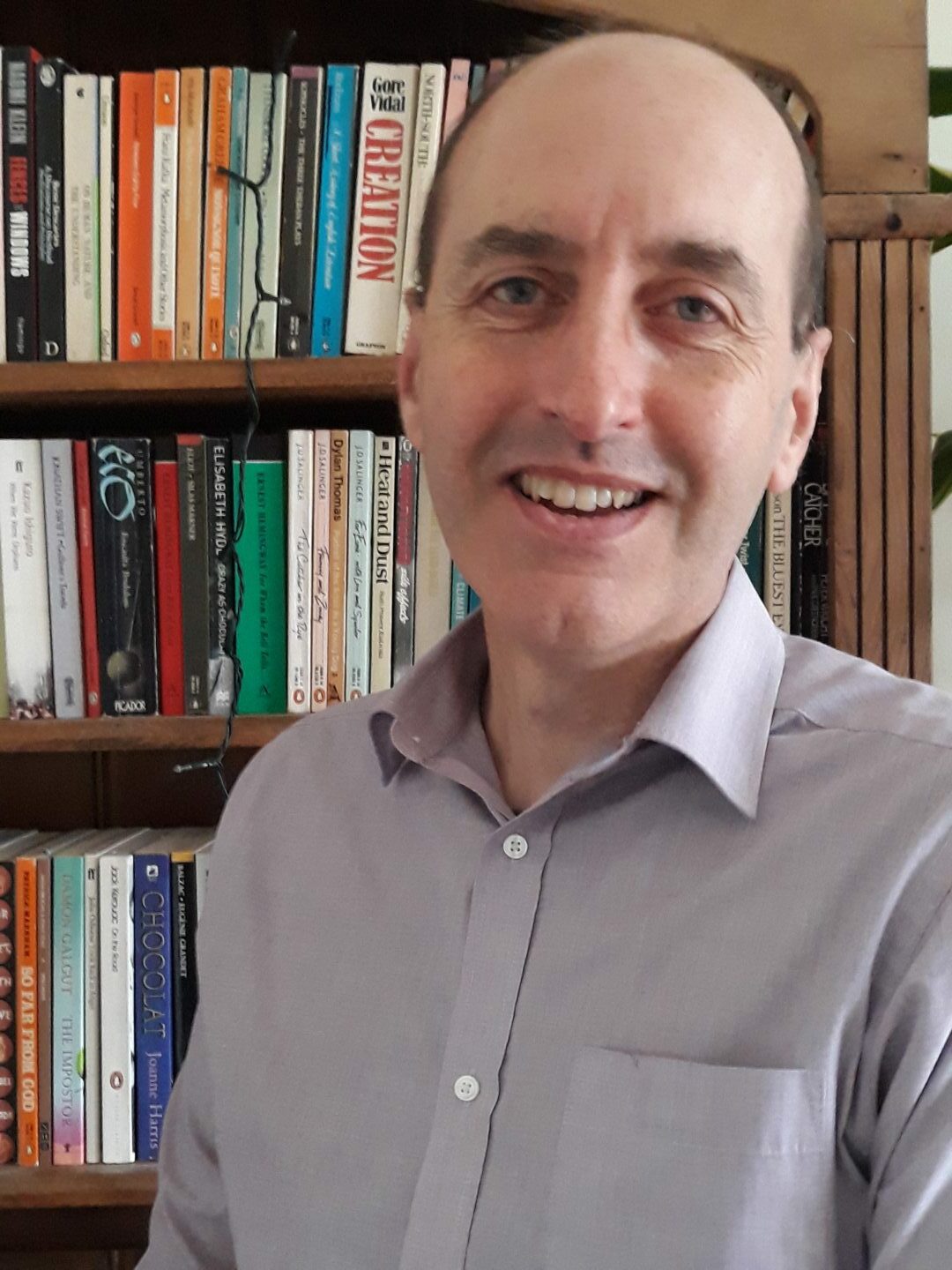
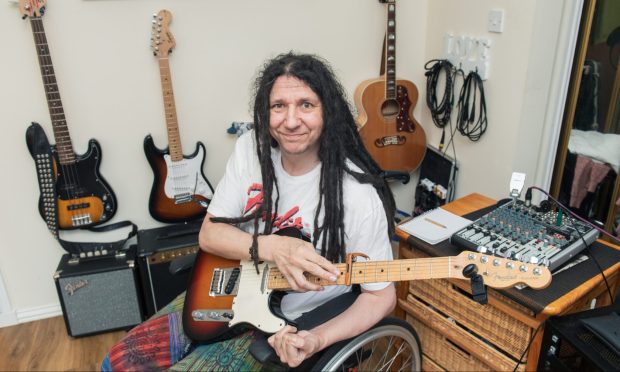
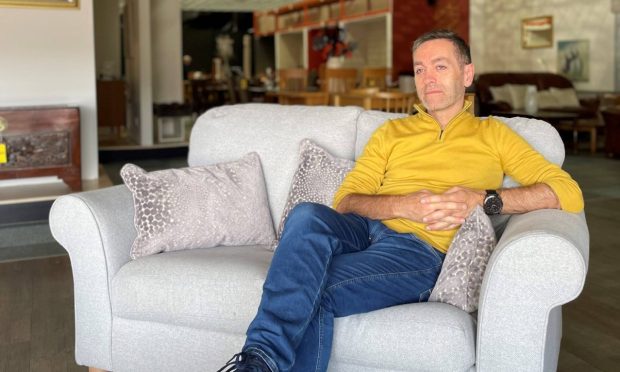

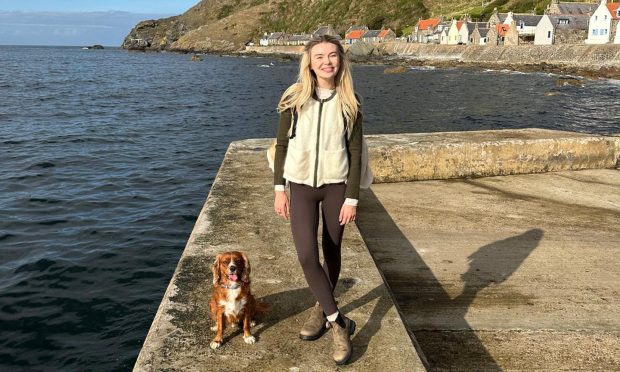
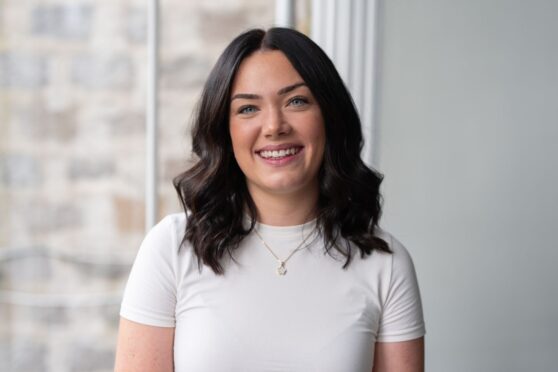
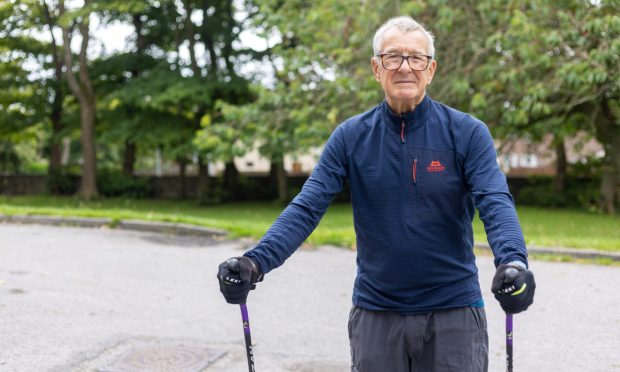
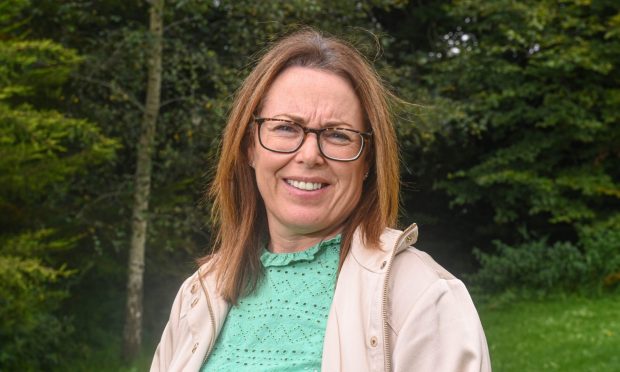
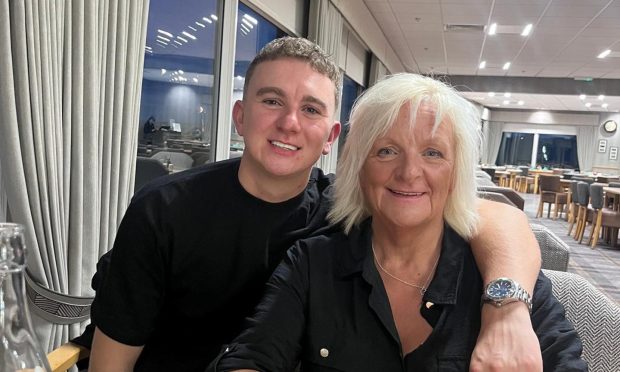
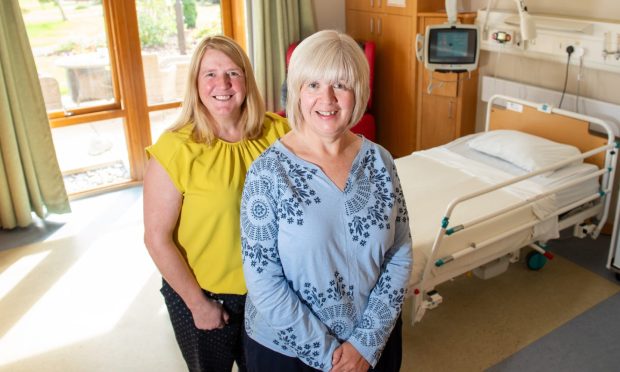
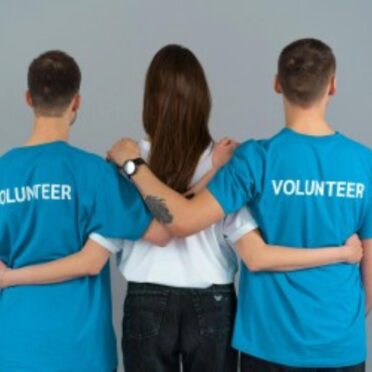
Conversation